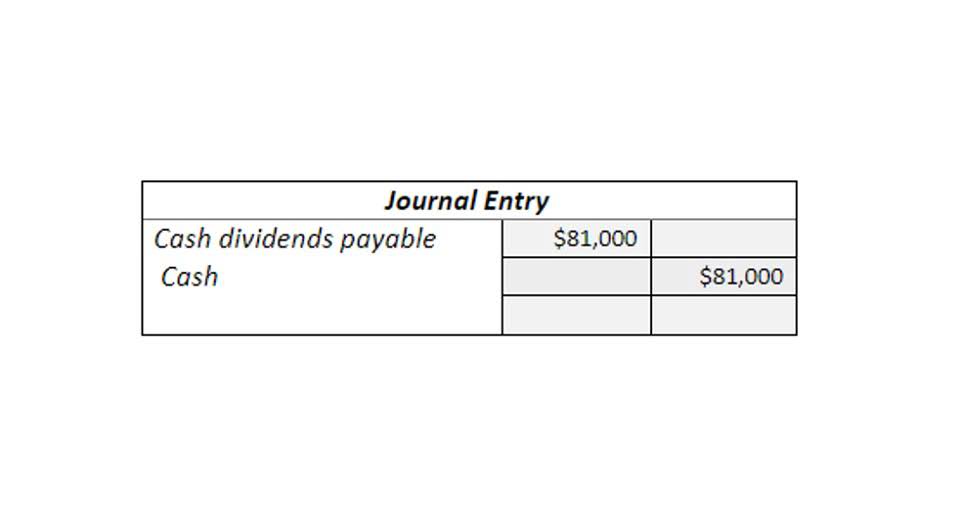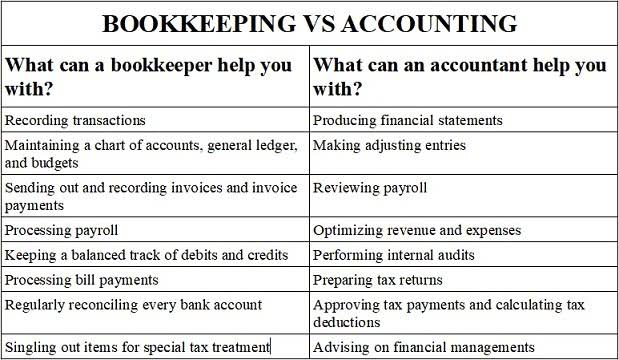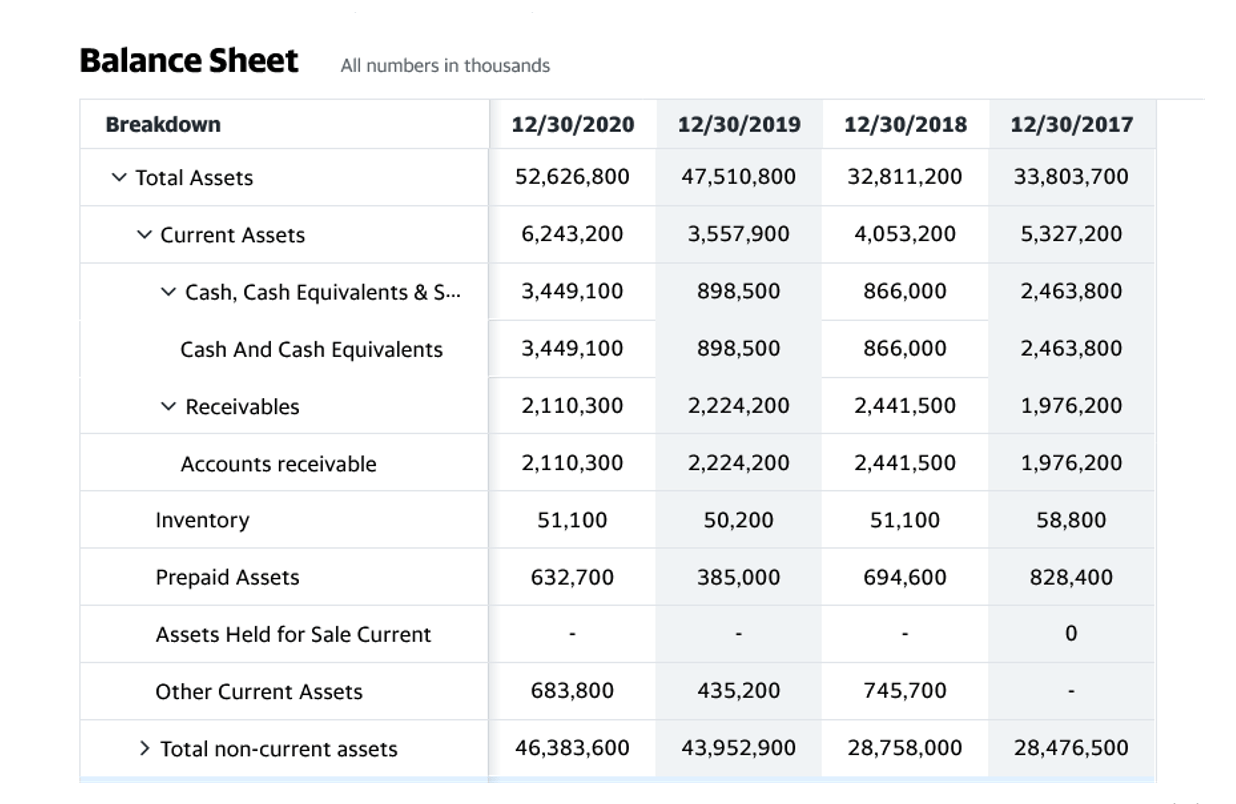
Notícias
Law Firm Bookkeeping 101 Bench Accounting

Also, you can use a legal-specific template provided by your accounting software. Once you understand the basics, consider hiring an accountant, either as a contractor or as an employee. They can help level up your firm and make the legal accounting process even smoother by adding legal accounting and legal practice management software to your firm’s toolkit.
Using tech to make legal accounting easier

And you can’t do that if you’re not gathering and sorting it on a regular basis. Learn more about the legal chart of accounts and view examples of formatting. You can also use a law firm insights dashboard to identify what parts of your practice are most and least successful—so you can more thoughtfully allocate resources to stimulate future growth. Whether intentional or through neglect, violations of compliance regulations—like mishandling client funds—can lead to serious repercussions. If the firm is not profitable or barely profitable, you could use the income statement to help identify what changes should be made. Sir Keir Starmer confirmed in a speech on Monday that there will be tax rises in the budget to prevent a “devastating return to austerity” and rebuild public services.
Accounting For Law Firms: The Complete Guide
Cash accounting, or cash basis accounting, is when a firm reports transactions only when cash is received or paid out. This is the simpler method of the two and is commonly used by small businesses. The ABA supports law firms that use the cash accounting system and opposes legislators who previously tried to impose required accrual accounting for several personal service businesses. It’s easy to record all deposits to bank accounts as income, but deposits made to IOLTA accounts aren’t income for your law firm—they belong to your client. In cash basis accounting, you record income and expenses when money changes hands.

Accounting
Some categories you may consider include income, expenses, assets, liabilities, and trust accounts. Final NotesYour law firm’s chart of accounts must support accurate and compliant transaction reporting. At a minimum, your listing of financial accounts will include a pooled trust account as a segregated liability, with sub-accounts to track client retainer balances. You will also need accounts to track reimbursable expenses or advanced client costs. Without this level of diligence, law firms can become vulnerable to penalties and sanctions. As a lawyer, you know that setting up a legal chart of accounts is essential for managing your law firm’s finances.
Final thoughts on accounting and bookkeeping best practices

To learn more about how these changes will impact your law firm’s accounting practices in the coming year, continue reading. Law firms can avoid professional help by implementing robust accounting systems, utilizing specialized legal accounting software, and staying updated with the latest industry resources. To identify growth opportunities, law normal balance firms can utilize financial reports and statements.
PwC’s Global Revenue Tops Out at $55.4 Billion in 2024
We’ll also show you how legal accounting software can make the whole process easier (and more effective). The most basic component of the chart of accounts is the chart itself, which is a categorized list of your accounts. And the transaction records feed into the firm’s balance sheet and income statement. Consider the level of control and decision-making authority within your law or legal services practice. For example, structures like a general partnership may offer more flexibility than a professional corporation which can have stricter legal and other compliance requirements. Accrual accounting records revenues and expenses when earned and incurred, regardless of when the money is received or paid.
- The most basic component of the chart of accounts is the chart itself, which is a categorized list of your accounts.
- For example, you must maintain an accurate ledger for each client in case they ask for their account’s status.
- By understanding your firm’s financial landscape, you can tailor your chart of accounts accordingly.
- Typically it is not necessary to have more than one General Retainer account and not likely a good idea.
- For example, it will not prevent posting of trust transactions to an income or expense accounts, a grave mistake.
Our Team Will Connect You With a Vetted, Trusted Professional
Just as your clients rely on your expertise with the law, there https://www.bookstime.com/ comes a point when you need to call in accounting professionals. Whether it means using legal accounting software to simplify and automate your accounting, hiring a professional legal accountant, or both—don’t be afraid to delegate when you need to. Every law firm has a responsibility to stay compliant with ethics regulations, and your firm is no exception.
Double-Entry Accounting
- It should not be used to represent or replace legal, business, or tax advice.
- However, additional payment methods and legal payment processors lead to more compliance requirements.
- For example, accidentally depositing trust funds into your operations account is a major violation.
- Yes, each business should have its own Chart of Accounts that outlines the specific account categories and numbers relevant to their operations.
It is crucial to maintain meticulous record-keeping and to keep separate accounts, especially for trust accounting as required by state bar association rules. Consistent and accurate bookkeeping tasks should be carried out according to a law firm chart of accounts set schedule, whether daily, weekly, or monthly. Ensuring that proper procedures are followed in managing trust accounts is essential for maintaining the integrity of a law firm. This includes establishing clear protocols for handling client funds, conducting regular reconciliations, and implementing robust internal controls. For instance, technology like Clio Manage offers resources for legal billing and trust accounting management, enabling law firms to make informed decisions based on their financial data. It’s crucial for lawyers to adhere to strict rules, as they are prohibited from collecting interest on funds held in trust for their clients.

Sky News Services
Some accountants record financial transactions, and some bookkeepers assist with business decisions and prepare financial statements. A chart of accounts in a law firm consists of key components like assets, liabilities, revenue, and expenses. Each category contains specific accounts representing different financial transactions. For example, assets include cash, accounts receivable, and property, while liabilities encompass loans, accounts payable, and accrued expenses. Revenue accounts represent income sources, like legal fees, and expense accounts cover costs such as office rent and salaries. These components establish a structured framework for managing financial data, aiding law firms in managing resources and making informed decisions.
